Goa’s top Premium Port Wine GIANNA’S and Classic Cashew Fenny taste today
PAN INDIA BUSINESS OPPORTUNITY # GIANNA’S De Premium Port Wine and GIANNA’S Classic Cashew Fenny.
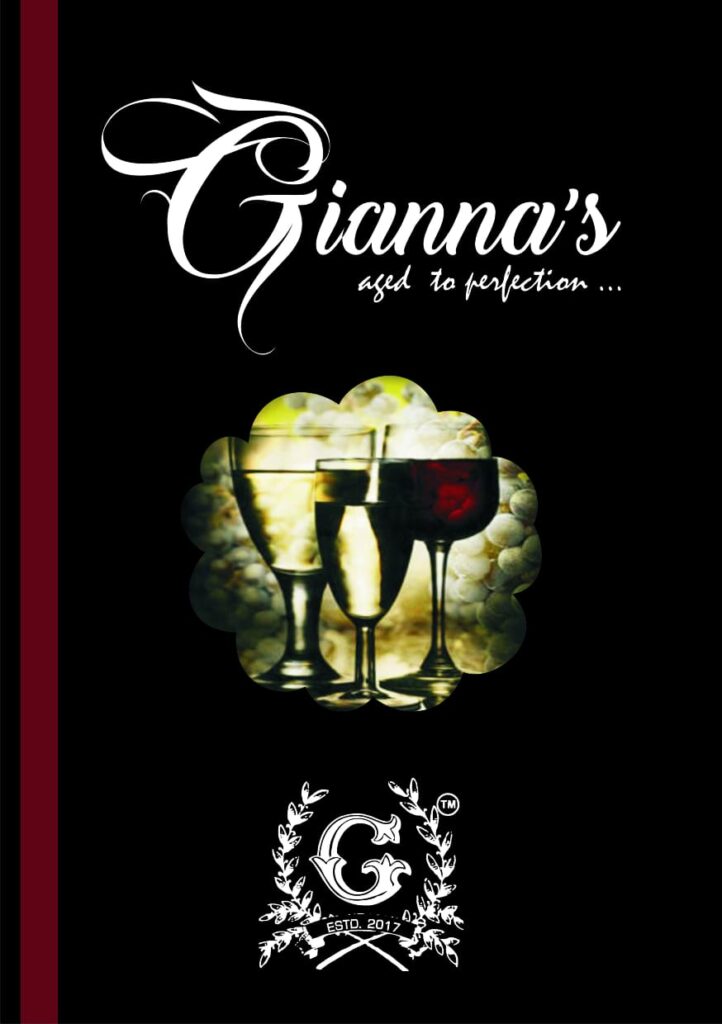
Wine industry trends and predictions
The global wine industry generates $29 billion in annual revenue and is at an inflection point towards future.
What Is Wine?
Chef Toscana Iterates “Wine is an alcoholic drink typically made from fermented grape juice. Yeast consumes the sugar in the grapes and converts it to ethanol, carbon dioxide, and heat. Different varieties of grapes and strains of yeasts produce different styles of wine”.
Served at Café Domingo “Gianna’s Port wine is fortified wine and differs from usual wine by addition of neutral alcohol for premature fermentation. This gives the tangy kick and making it a wonderful dessert wine due to its sweetness and most preferred by the new generation” concluded Chef Toscana.

What Is Wine, are there many types of wine?
In a layman’s Language wine is the fermented juice of a wine grape. A wine grape is far different from a grocery store-variety grape: it’s small, sweet, thick-skinned, and contains many seeds. The White grapes (which are actually green-coloured) and black grapes (which are actually red-coloured) are the base. Within them types of grapes, a hundreds of varieties of wine varietals and blends are blended.
Wine is rich in antioxidants that helps protect lining of blood vessels in the body and the heart. The best known of these antioxidants is resveratrol, which is found in grape skin and seeds.
As is what meets the eye, red or white wine can simply be classified by the colour, each wine type exhibits its own character and identity according to grape varieties and wine region. Tannin level, aroma and bouquet, sweet, and alcohol level all affect the flavours in some way.
Wine is classified into 5 main categories; Red, White, Rose, Sweet or Dessert and Sparkling.
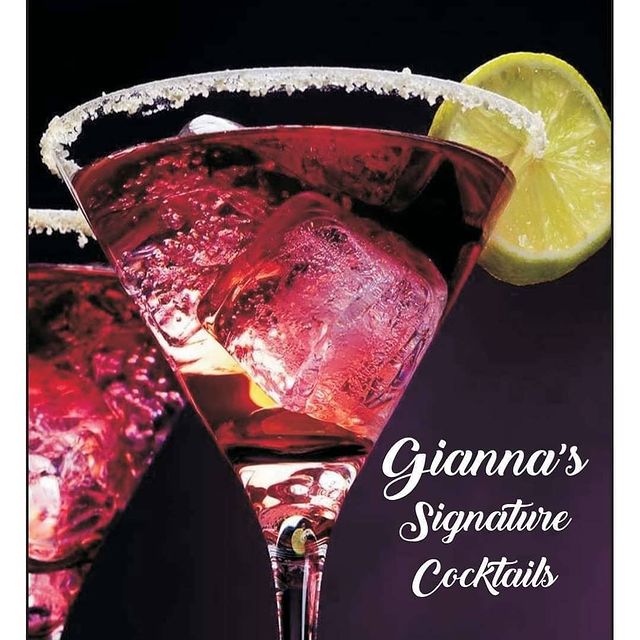
Gianna’s port wine now available at African & Eastern retail stores in Ras Al Khaimah and Fujairah UAE.
Is wine good for health?
Chef Toscana suggests that drinking an occasional glass of red wine is good. It provides you antioxidants, may promote longevity, and can help protect against heart disease and harmful inflammation, among other benefits. Interestingly, red wine likely has higher levels of antioxidants than white wine.
Drinking too much can increase the risk of high blood pressure, liver damage, heart disease, obesity; certain cancers and can increase the risk of impaired driving and accidents.
Wine can be relaxing and have health benefits when taken in moderation. Recommended safe drinking levels is one glass of wine a day for women and two glasses a day for men.
The biggest mistakes when drinking wine is in believing that expensive wine is a no-brainer.
For those who do not drink, there is no evidence to suggest that you should start drinking simply for the potential benefits of wine as there are other well studied lifestyle choices that improve health such as a balanced diet, smoking cessation and regular exercise.
For those who already drink a glass of wine a day, this may have good benefit for your health and in general is safe to do so in moderation.
What is the best food and wine combination?
- Goats cheese and Sauvignon Blanc.
- Pork belly and dry German Riesling.
- Thai food and Pinot Gris.
- Salmon and chilled Pinot Noir.
- Sea bass and Albariño.
- Vietnamese spring rolls and Grüner Veltliner.
- Indian Snacks and Namkeen
- Frozen Food From India

Is there an art of drinking wine?
Proudly Look at the Label:
Even if you know very little about red wines, you can learn quite a bit by simply by taking a close look at the bottle. If you are visiting a specific vineyard and trying its offerings, you know where the grapes came from.
Swallow & Analyse the Aftertaste
After you swallow the sip, pay attention to the aftertaste, and how long the aftertaste lingers on your palate. This is a very telling characteristic of red wine.
Or, Spit It Out.
The reason why you should consider spitting out the wine is because it allows you to fully analyse and compare different types of red wine, and do so without getting drunk too quickly. You’ll keep your senses intact and be able to analyse more accurately.
Take a Sniff
Now is the time to identify the notes of your wine by sticking your nose into the glass and taking a big whiff of the wine’s aromas. Try to get your nose close enough to the rim of the glass that you can get a clear scent. There are three levels of aromas you might be able to discern when smelling the wine:
Let it roll around on your tongue for a moment. You’ll want to try to assess whether the wine is sweet, or has a lot of tannins. Or, perhaps this particular red wine features some other intense flavour that you weren’t expecting. Does having the wine linger in your mouth help you better understand any of the notes that you might have previously smelled?
While you are pouring the wine into your glass, be sure to note the kind of body the wine has. Try to observe the following:
Is it very viscous or slightly thicker?
Does it coat the sides of the glass when you pour?
What do you expect the wine to taste like based on what you observed during the pour?
Now, gently swirl the wine in the glass. Take note of the body of the red wine, the density and whether there are bits of solids floating around. Wines that are nearly opaque usually are from warm-weather regions and allowed just a short time to age. If the swirling wine leaves “legs” on the sides of the glass, this might be indicative of the wine’s level of alcohol or sweetness.

Experience the aroma. Swirl the wine in your glass to expose it to a larger surface area. This increases wine’s contact with air and intensifies its aroma. Swirl your wine by holding the glass by the base or by the stem. Smell your wine as you swirl it to take in the aromas. Common aromas include different fruits, spices, herbs and flowers.
Be sure to smell the wine several times, swirling before each smell. A complex wine will offer multiples scents, and taking in each scent will intensify the wines flavour.
The overall taste of a wine is a combination of smells and flavours, so it’s important that you don’t skip the smelling stage.
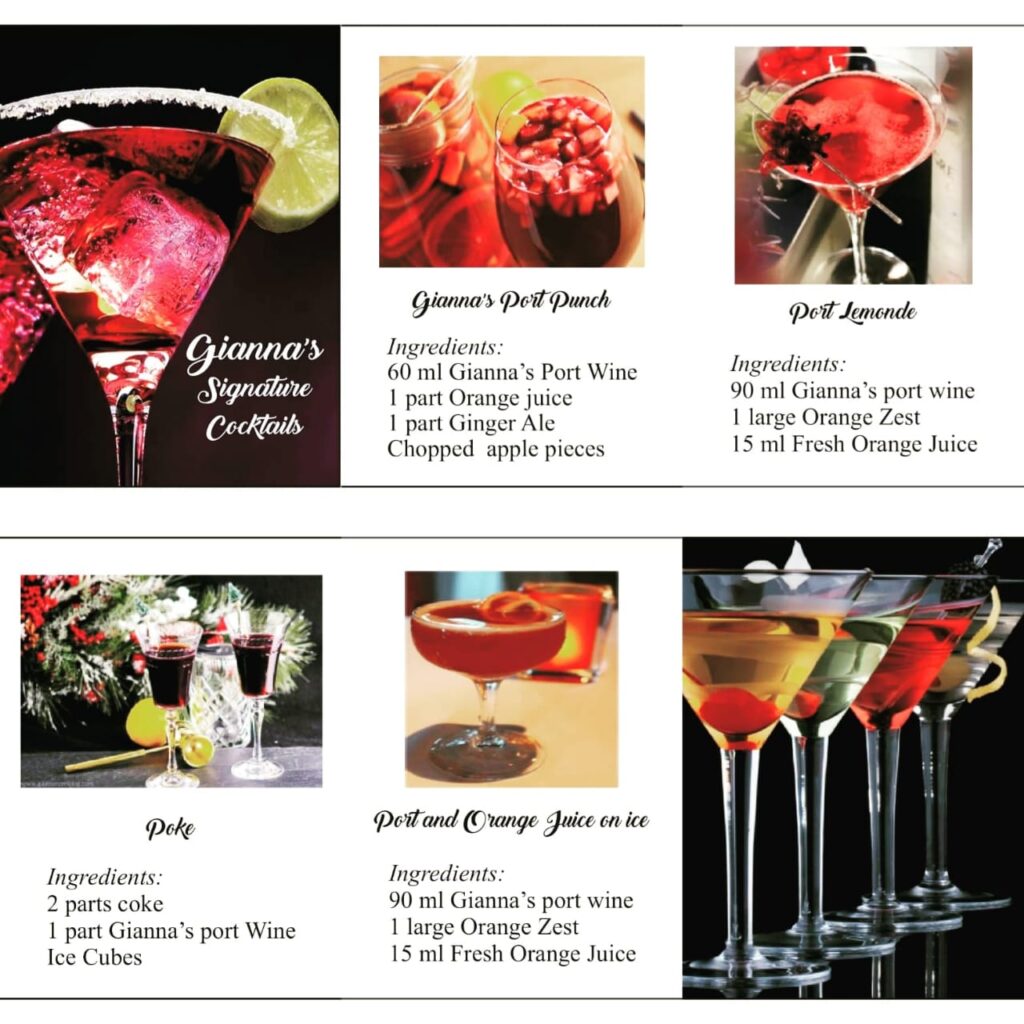
How to Serve the Wine at a party?
Serve your wine at the proper temperature. Most wines taste best between 55 and 65 degrees fahrenheit; which is just a bit cooler than room temperature. To get your wine this temperature, cool room-temp reds in an ice bucket or the freezer for 10 minutes right before serving. To get the best taste out of your wine, make sure you serve it at the ideal temperature. Red wines should be served closer to room temperature, whereas white wines are much better when chilled.
When drinking wine, always hold the wine glass by its stem and never by the bowl. Holding a wine glass by the bowl will warm it too quickly.
Pour your wine into your wine glass. Red and white wines are served slightly differently. Be sure to pour the proper amount of wine into your glass to get the best possible wine experience.
When drinking red wine, bring the bottle to the glass and gently pour your red wine until your glass is half way full. This should be roughly 4 ounces of wine. To stop your pour, slowly twist the bottle upward over the glass to avoid drops and spills.
When serving white wine, wrap a napkin around the neck of the bottle for insulation before pouring. This will keep your hands from warming the bottle. Then, slowly pour your wine until the glass is one-third full – roughly 3 ounces. To stop pouring, slightly twist the bottle upwards to avoid any spills.
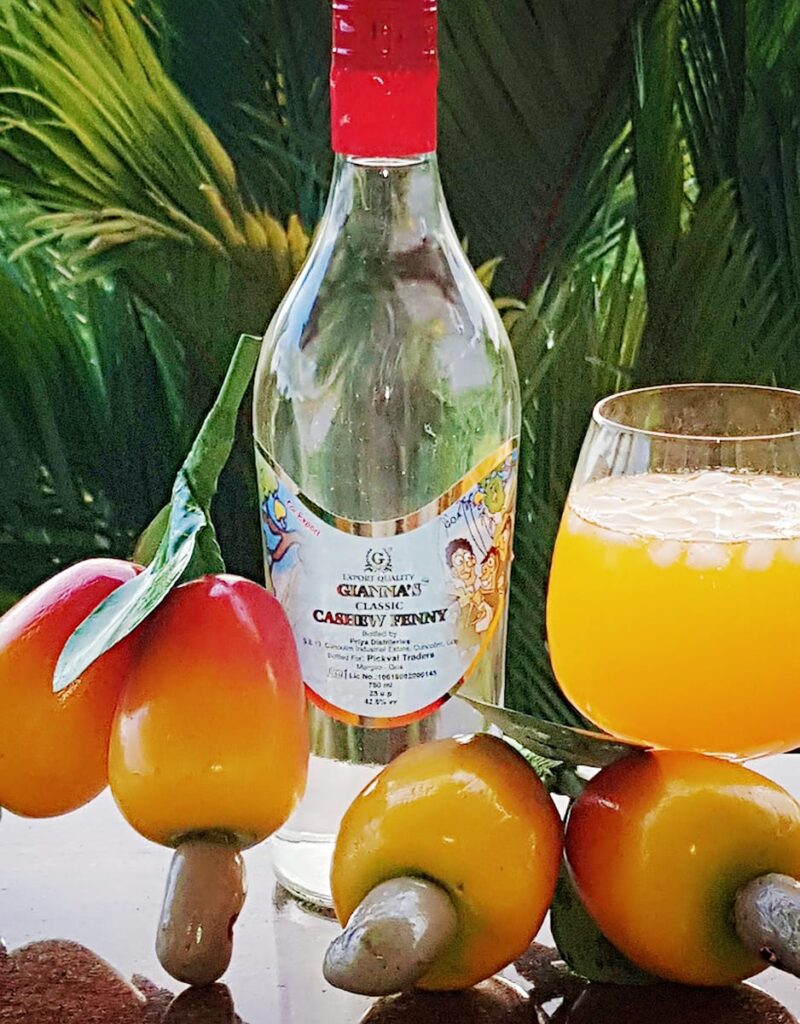
The first release bottle of Gianna’s Classic Cashew Fenny making it’s way in SYDNEY, AUSTRALIA.
What are the types of Fenny also called Feni and how is it made?
Gianna’s Classic Cashew Fenny is a spirit produced exclusively in Goa.
In and from the Land of Fish Fenny and Fun, we follow the natural and organic way.
Fenny Is produced out of Cashew apples and Toddy palm. Cashew apples are crushed and the juice is collected in a clay pot that has been buried in the ground to ferment. Only a 4% of the fermented liquid converts to alcohol.
Pickval Traders has started manufacturing and exporting their family owned labels known as GIANNA’S de Premium Port Wine and GIANNA’S Classic Cashew Fenny.
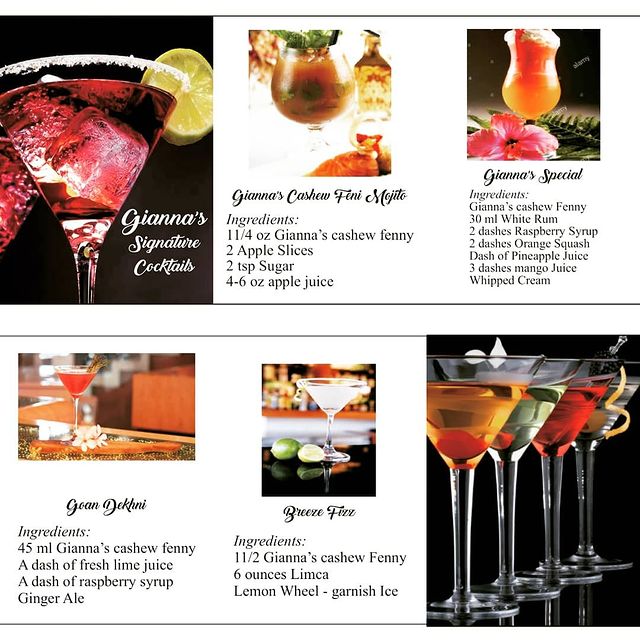
Storage.
Gianna’s Port Wine like other wines should be stored in a cool but not cold dark location since light can damage the port. Gianna’s wine can be served chilled between 15 to 20*C. As observed for long Gianna’s port wine on the long haul is consumed faster by all for its incredible taste.
Calls And Mails For Trade Inquiries Solicited.
Pickval Traders.Shree Plaza.
Near Damodar High School Comba Goa.
Ph No.0832-2733150/2735458
Curated By Team DigitalGumma.com
admin@digitalgumma.com +91-9449813121
Top most festival Products FMCG consumers search today
World Wide Festive Trends Decoded What Indian festive consumers seek...
Read MoreHow right selection of FMCG Salesmen improves brand market share
How can FMCG Companies improve salesman’s technique in order to...
Read MoreHow most searched Fmcg sales and marketing words help newbie salesman
Why undestand FMCG sales management? Sales management is the process...
Read MoreHow Successful FMCG Salesman Starts his Day, a guide
How does one become a good sales executive in the...
Read More


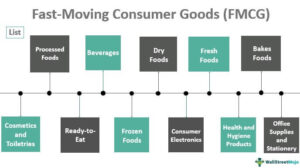




Pingback: Why the more Liquor sloshed and splashed in countries, the more does the economy grow? Are drunkards the unrewarded and unawarded patriots?